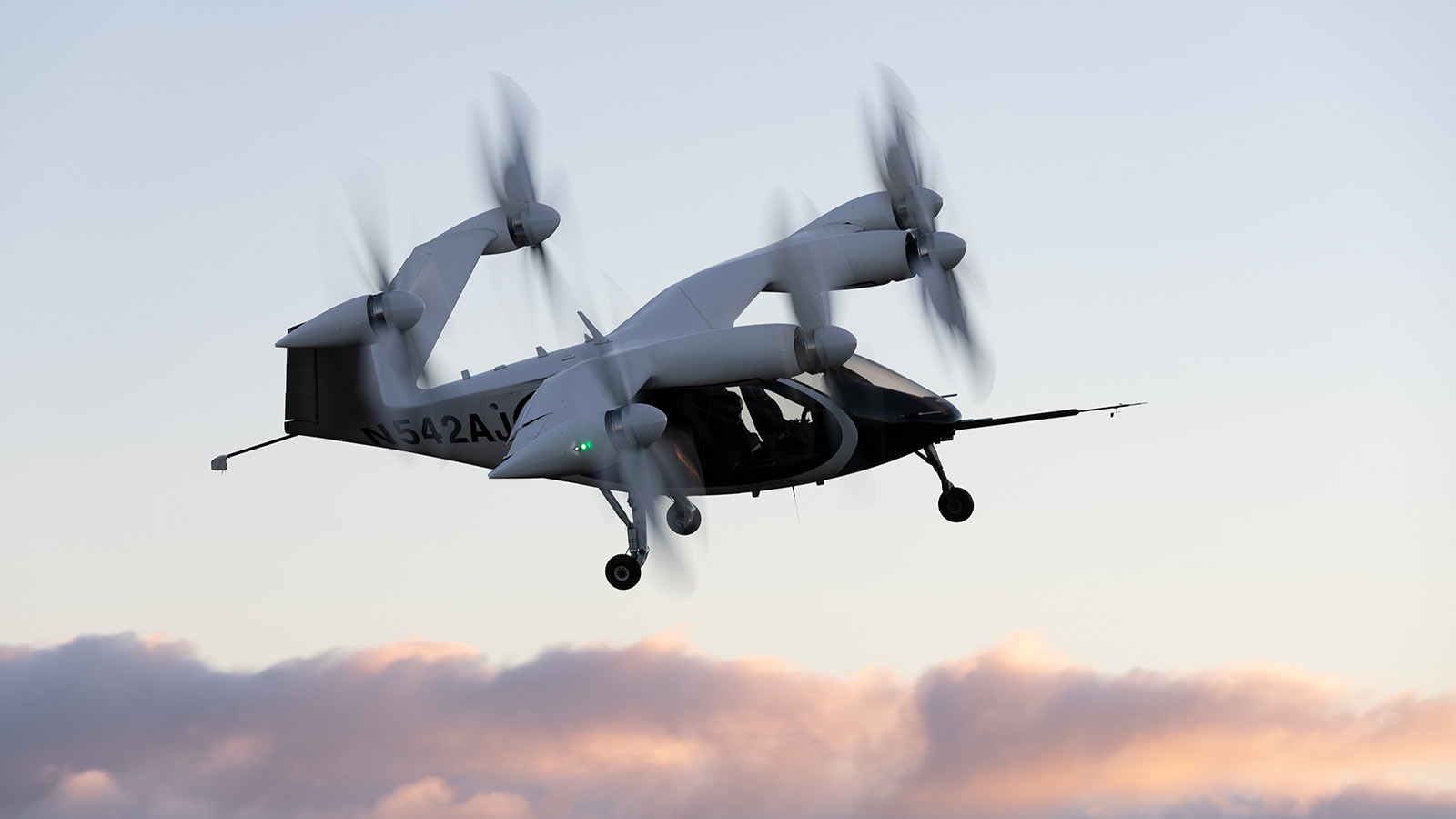Stay Up to Date
Submit your email address to receive the latest industry and Aerospace America news.
Industry begins poring over document to prepare for comment period
Early reactions to FAA’s proposed rules for certifying pilots of electric air taxis and cargo aircraft have been positive, although at 529 pages, it will take time for industry analysts, representatives and executives to fully review the document.
The comment period begins June 14 and runs for 60 days.
The draft Special Federal Aviation Rule, “Integration of Powered-Lift: Pilot Certification and Operations; Miscellaneous Amendments Related to Rotorcraft and Airplanes,” describes how FAA plans to certify the first cadre of pilots of powered-lift aircraft. That’s the agency’s term for the coming fleets of eVTOLs (electric vertical takeoff and landing aircraft) and related designs.
“I think the FAA has taken the path that best preserves their safety record and strong reputation in that regard,” said Dan Sloat, founder and president of the Boston-based Advanced Air Mobility Institute, by email. “My personal hope is that the FAA will strive to permit an easing of requirements and restrictions as further safety testing proves just how safe & reliable AAM aircraft are designed to be.”
Regarding operations, FAA said in an accompanying press release that the rule anticipates that “powered-lift aircraft would follow the same set of operating rules as traditional aircraft that are used in private and commercial flights and air tours.”
The majority of the document’s pages focus on the need for pilots and instructors, depicting the need for instructors as particularly challenging, since few pilots will be knowledgeable about the various aircraft at first.
“Pilots who work for powered-lift aircraft manufacturers could serve as the initial cadre of flight instructors, who could then train instructors at flight schools, training centers and air carriers,” FAA said in its news release.
The proposal describes two thresholds for becoming a chief flight instructor: “flight training experience that consists of at least (1) 3 years and 1,000 flight hours, or (2) 1,500 flight hours.”
As for the pilots, the proposal notes that there are “obstacles to airman certification in existing regulations,” and so FAA is proposing “alternatives” to existing requirements that will make it easier to certify pilots for the new class of aircraft, and also aid in certifying instructors.
The proposal doesn’t embrace a concept many in the AAM industry are promoting known as simplified vehicle operations, which is the use of automation to reduce pilot or operator training.
For example, SVO could allow pilot trainees to fly aircraft without dual controls, meaning without a certified pilot sitting next to them who is able to take over controls of the craft at any time. Instead, automation and remote piloting technology could allow a pilot on the ground to control the aircraft if needed during training.
But FAA said it lacks “operational data to analyze whether such [SVO] technology would safely enable SOE [Supervised Operational Experience] in an aircraft without dual functioning controls.”
Robin Riedel, a partner and AAM analyst with New York-based consulting firm McKinsey and Co., said he is still evaluating FAA’s statements in the proposed rule, but he hopes SVO will be embraced someday.
“I think overall there is the hope and desire to get to SVO with shorter training — but I do believe it will take time to get there,” Riedel said in an email.
Also in the document, FAA recognizes California-based Joby Aviation as the current industry leader. FAA says the “initial expected entrant” in the powered-lift category is a company with a “four-passenger powered-lift [aircraft] with a maximum gross takeoff weight of about 4,800 lbs., which is progressing through the FAA’s type certification process.” In a footnote to that reference, the FAA refers to the number identifying Joby’s airworthiness criteria document.
The agency adds that the number and variety of powered-lift aircraft currently under development makes its rulemaking for operations more “urgent.”
“The powered-lift [aircraft] coming to the civilian market have complex and unique design, flight, and handling characteristics with varying degrees of automation. More specifically, powered-lift designs vary in unique configurations from tilt-wing, tilt-propeller, lift plus cruise, and tilt plus cruise aircraft,” FAA states in the document.
Get the latest news about advanced air mobility delivered to your inbox every two weeks.
About paul brinkmann
Paul covers advanced air mobility, space launches and more for our website and the quarterly magazine. Paul joined us in 2022 and is based near Kennedy Space Center in Florida. He previously covered aerospace for United Press International and the Orlando Sentinel.
Related Posts
Stay Up to Date
Submit your email address to receive the latest industry and Aerospace America news.




